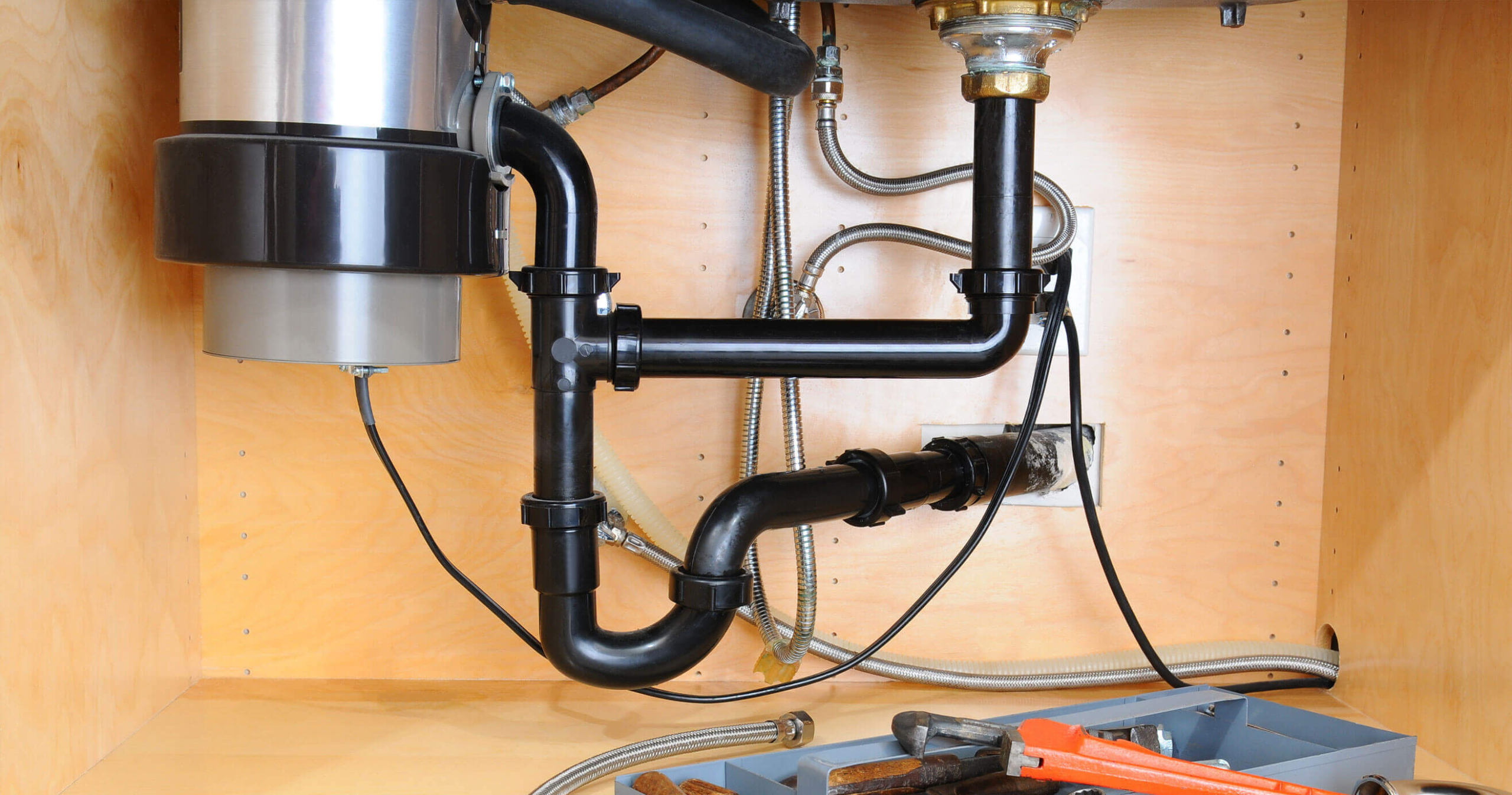Trenchless technology offers a quicker, more cost-effective, and more ecologically responsible solution for rehabilitation and repairing sewer systems. In the past, technicians fixed the issues arising from damaged pipes by excavating and fixing or replacing each section of pipe that required attention.
Trenchless technology has reduced expenses for clients by doing away with the need for large machinery and many technicians. Now, specialists can complete the job without digging out the entire line. They operate remotely using tiny holes in the ground with the help of micro-video cameras.
Read on to learn more about trenchless technology, how it repairs damaged liners, and its various benefits.
What is Trenchless Technology?
Cured-in-place pipe repair (CIPP) is a trenchless technique for repairing damaged pipelines. It is a seamless, jointless pipe liner inserted into an existing pipe. This technique for pipe restoration was first used to restore sewage lines in 1971.
CIPP entails passing liquid resin into an existing pipe that needs repair or rehabilitation. The liner resin is then exposed to heat or UV light to adhere to the pipe’s inner walls. The resin now functions as a new pipeline after being completely cured.
Today, it is an effective alternative to traditional pipe rehabilitation and one of the most widely used pipe restoration methods worldwide. CIPP applications include pipelines with a diameter of 0.1 to 2.8 meters (2 to 110 inches), including water, gas, sewer, chemical, and district heating systems.
How Does CIPP Work?
The specialists push or pull a resin-infused felt tube made of fiberglass fabric, polyester, spread tow carbon fiber, or another resin-impregnable material through the broken pipe. The inserted resin creates a fresh coating over the broken pipe, sealing leaks and cracks in the damaged line. The resin mixture consists of an epoxy base and hardeners.
Typically, the specialists use a utility hole or excavation serving as the upstream access point. They can place the liner using water pressure or air pressure. Pressure vessels, scaffolds, or a chip unit can create the pressure needed for insertion. Then, they use hot water or steam to speed up the resin-curing process.
The resin makes a tight-fitting, joint-free, corrosion-resistant replacement pipe as it dries.
Benefits of Trenchless Technology
In its most basic form, trenchless technology involves inserting a protective coating into pipelines that would otherwise require open-cut trenches. Trenchless construction is a great option when being mindful of the landscape.
It is also useful where there must be little disruption to the property or if it is impossible to interrupt existing infrastructure, like railroads or interstates.
The approach offers an array of benefits, including:
CIPP Has Fewer Disruptions
Trenchless construction allows you to install new utilities or repair old ones without interfering with daily life. The trenchless process technology involves little to no digging. It makes for a potentially less disruptive technique than traditional pipe repair approaches.
Trenchless Technology is An Environmentally Friendly Repair Method
Trenchless technology employs specialized tools and methods to replace or repair sewer line pipes without endangering the environment. The technique eliminates the need to disturb large areas of vegetation and dig up the ground. Trenchless technology only requires the digging of a few small holes.
Also, epoxy resin is an organic substance made of plant-based material. Hence it is an eco-friendly alternative to plastic pipes.
Beyond leaving a small environmental footprint, trenchless construction is the best option for digging beneath rivers, creeks, and other environmentally sensitive places.
CIPP is Cost-Effective
Although trenchless construction may seem more expensive than open cut, it is often cheaper because it doesn’t require moving utilities or slowing down business. It doesn’t require structural modification, and the minimal digging reduces clean-up costs.
Since CIPP is non-invasive, property owners save money on damage restoration and replacement costs.
CIPP is Safer
Trenches are notoriously dangerous. Since trenchless construction doesn’t involve open ditches, it is often much safer for contractors and residents.
CIPP is Fast and Convenient
Because sewer line repairs take less time with trenchless construction, they are less disruptive overall. Occupants can conduct their regular activities without being required to move or move water manually for an extended period, allowing for a more convenient pipe repair.
CIPP is Less Intrusive than Traditional Sewer Line Repair
Trenchless technology means less digging, which minimizes the damage to surrounding areas. With trenchless technology, there is no landscaping or large portions of lawn to replace.
Sewer line failures or blockages are unquestionably critical issues. These breaches or obstructions can cause drains to back up flooding basements and foundations. The worst thing you can do when your sewer needs fixing is to wait.
Trenchless technology offers a quicker, more cost-effective, and more ecologically responsible solution for rehabilitating and repairing sewer systems. If you have considered upgrading to trenchless technology, then contact us.
Advanced Pipe Repair is an industry leader in pipeline engineering. Our team of specialists uses their expertise to implement CIPP in homes, commercial properties, and industries. Contact us, and we will help you determine a suitable form of trenchless technology.

